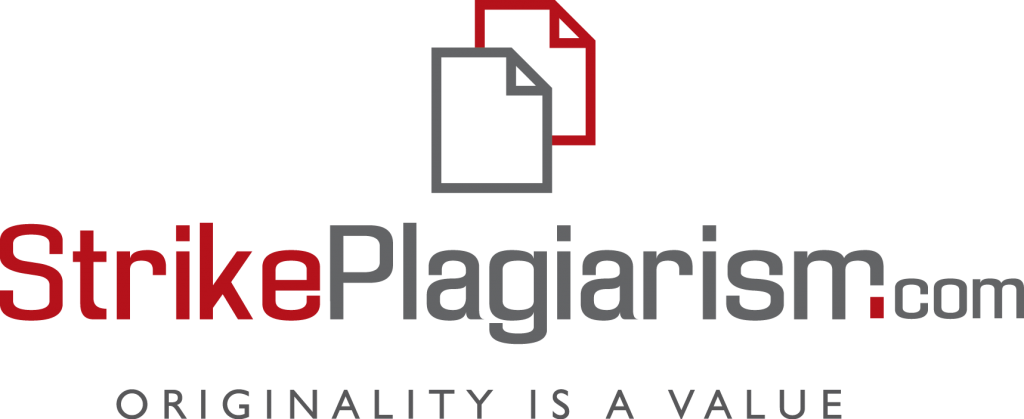COMPARATIVE ANALYSIS OF STRATEGIC PLANNING FRAMEWORKS
Abstract
The paper presents a systematic comparative examination of strategic planning frameworks employed in contemporary organizational management. It integrates conventional and novel methodologies to improve comprehension of their practical significance, advantages, and constraints. The increasing intricacy of business settings drives the research, necessitating firms to implement more flexible, inventive, and sustainable tactics. The research uses qualitative analysis to investigate frameworks, including traditional models such as SWOT, PEST, and Porter’s Five Forces, as well as modern tools like the Business Model Canvas, Value Proposition Canvas, Design Thinking, and a model for the Circular Economy. The findings indicate that whereas conventional frameworks provide robust analytical bases, they frequently fail to adapt to swift changes and sustainability demands. Contemporary frameworks offer strategic adaptability but may present difficulties in execution. This comparison aids practitioners and scholars in selecting effective planning tools tailored to contemporary business requirements.
References
Aguilar, F. J. (1967). Scanning the business environment. Book. Macmillan. New York, 239.
Andrews, K. R. (1971). The concept of corporate strategy. Book. Dow Jones-Irwin, 245.
Ansoff, H. I. (1957). Strategies for diversification. Harvard Business Review, 113-124.
Danish Design Centre. (2015). The design ladder: Four steps of design use. In World Intellectual Property Organization (Ed.), Design for growth and prosperity, 10–11. Available at: https://dacatalogue.wipo.int/projectfiles/DA_4_10_02/Brochure/EN/wipo_wk_ldcs_ge_15_brochure_EN.pdf (accessed March 10, 2025).
Design Council (2025). The double diamond: a universally accepted depiction of the design process. Available at: https://www.designcouncil.org.uk/our-resources/the-double-diamond/ (accessed March 10, 2025).
Gartner Inc. (2019). Analysts identify five imperatives for ContinuousNext during Gartner IT Symposium/Xpo 2019, June 3-6 in Toronto. Available at: https://www.gartner.com/en/newsroom/press-releases/gartner-says-continuousnext-is-the-formula-for-success-through-d (accessed March 10, 2025)
Harrison, J. S. (2003). Strategic analysis for the hospitality industry. Cornell Hotel and Restaurant Administration Quarterly, 44(2), 139-152.
Johnson, G. and Scholes, K. (1999). Exploring corporate strategy, 5th Edition, Prentice Hall, London, 972.
Kaplan, R. S., and Norton, D. P. (1991). The balanced scorecard—measures that drive performance. Harvard Business Review (Jan-Feb 1991), 71-79.
Kim, W. C., and Mauborgne, R. (2017). Blue Ocean shift: Beyond competing. Grand Central Publishing, 336.
Liedtka, J. (2025). The future of design if anything were possible in 2053: Extending designers’ influence from product development to strategy-making. The Design Journal, 1-3.
Melnyk, A. (2024). Comparative analysis of modern strategic planning models and their integration with emerging technologies. Economy and Society, (61). https://doi.org/10.32782/2524-0072/2024-61-116
Osterwalder, A., and Pigneur, Y. (2010). Business model generation: A handbook for visionaries, game changers, and challengers. Wiley, 288.
Osterwalder, A., and Pigneur, Y. (2014). Value proposition design: How to create products and services customers want. Wiley, 320.
Porter, M. E. (1979). How competitive forces shape strategy. Harvard Business Review 57, no. 2 (March–April 1979), 137–145.
Prahalad, C. K., and Hamel, G. (2003). The core competence of the corporation. International Library of Critical Writings in Economics, 163, 210-222.
Riggs, D. E. (1997). Plan or be planned for: The growing significance of strategic planning. Association of College and Research Libraries, 58(5), 400-401. https://doi.org/10.5860/crl.58.5.400
Waterman Jr, R. H., Peters, T. J., and Phillips, J. R. (1980). Structure is not organization. Business horizons, 23(3), 14-26. https://doi.org/10.1016/0007-6813(80)90027-0
Wei, Y. M. (2025). A Hybrid Multi-Criteria Decision-Making Framework for the Strategic Evaluation of Business Development Models. Preprints. https://doi.org/10.20944/preprints202504.0872.v1
World Business Council for Sustainable Development (WBCSD). (2020). Circular transition indicators v1.0: Metrics for business, by business. WBCSD. Available at: https://www.wbcsd.org/wp-content/uploads/2023/11/WBCSD_CTI-Report_English.pdf (accessed March 10, 2025).
World Business Council for Sustainable Development (WBCSD). (2021). CTI v2.0: Circular transition indicators – metrics for circular economy. WBCSD. Available at: https://www.wbcsd.org/wp-content/uploads/2021/02/CTI-2.0-Report-Metrics-for-business-by-business.pdf (accessed March 10, 2025).

This work is licensed under a Creative Commons Attribution 4.0 International License.


